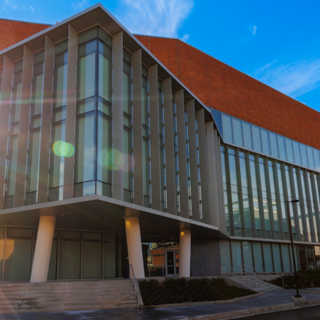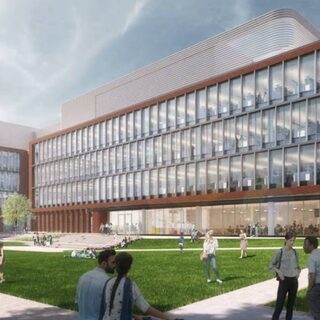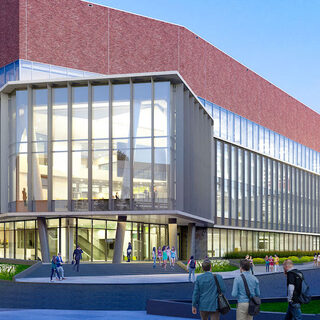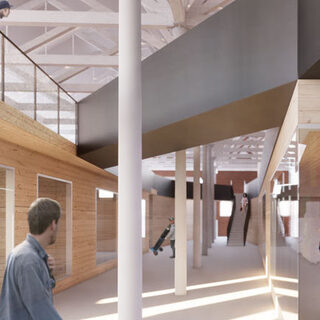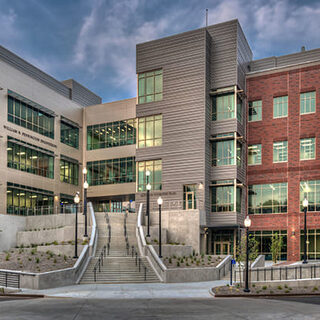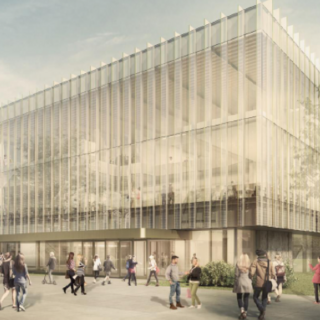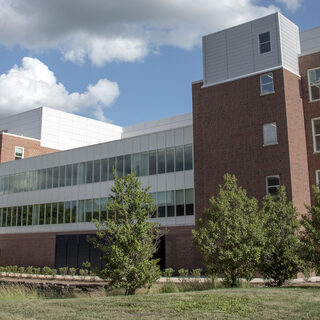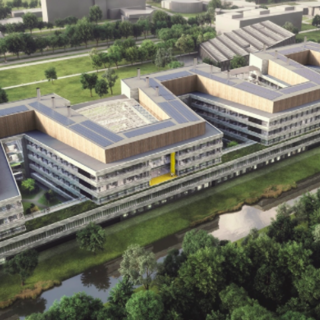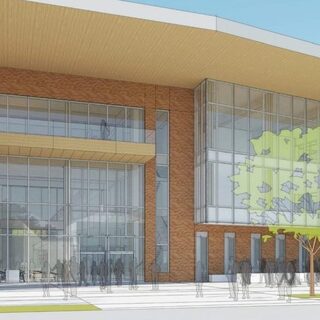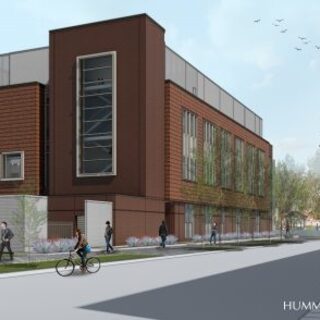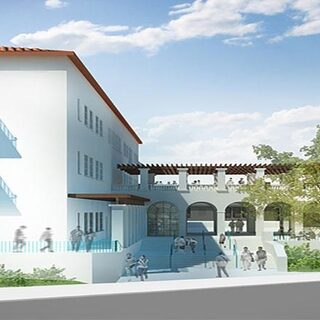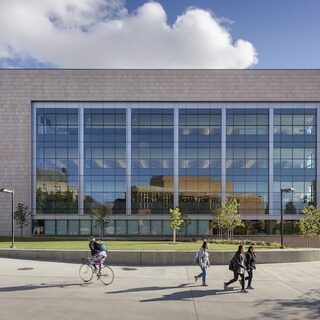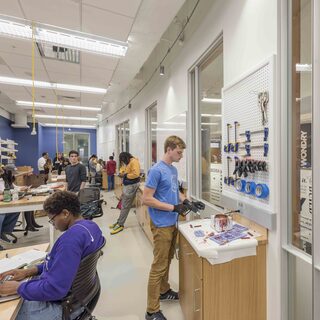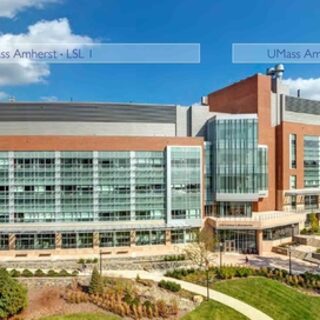University of Maryland Dedicates Chemistry Building
The University of Maryland dedicated the $132 million Chemistry Building in College Park in April of 2024. The 105,000-sf facility features 34 modular laboratories for research programs in molecular nanoscience, quantum chemistry, advanced materials, energy storage, and drug discovery and delivery. Featuring robust climate controls and vibration mitigation technologies, the six-story structure houses two core facilities, 12 meeting and huddle rooms, open office environments, and 13,000 sf of collaboration space.

